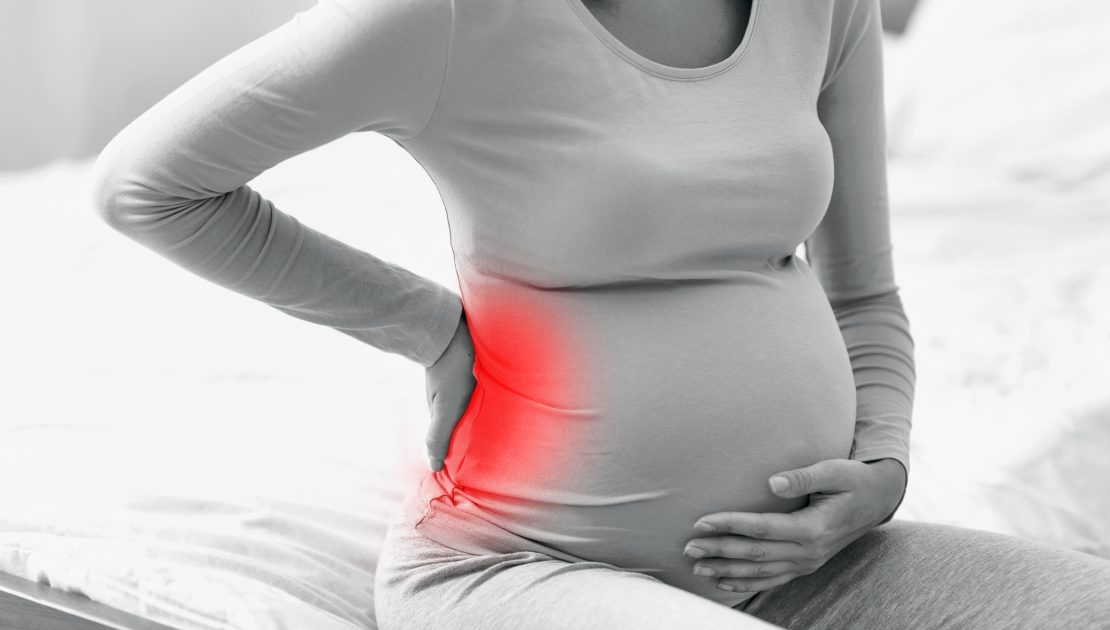

Relieve Back and Pelvic Pain in Pregnancy
Firstly let’s consider why this happens…
As your baby grows it puts pressure on the lower back and pelvis – your spine adjusts its shape to accommodate your new centre of gravity, whilst the pressure placed on your pelvis can cause stiffness and misalignment of its joints. These areas of your body often hold stress whether you are pregnant or not. However, in pregnancy the impact can be compounded by the effect of hormones which soften your tissues. This makes them more able to accommodate your growing baby and prepare for birth.
Managing and relieving back and/or pelvic pain
Regardless of the severity of your condition, there are things you can do to alleviate the symptoms and make life a little easier:
- Light exercise:
If you are able, an easy way to actively strengthen your back is with light physical activity e.g. walking. Just 15 minutes a day will strengthen and mobilise your muscles and provide better support for your spine.
- Using a maternity orthosis (support belt):
Wearing a medical-grade maternity support belt will stabilise your lower spine and pelvic area, relieving pressure and correcting posture. Why not check out Cellacare Materna Comfort by L&R?
- Water therapy:
Going for a swim or taking a relaxing bath in warm (but not hot water) can be very helpful as the water supports your weight, relieving tension in your muscles.
- Massage:
Receiving massage from a therapist trained in pregnancy techniques helps to relieve tightness in the muscles.
- Heat/cooling packs:
Hot water bottles or heating pads can help relieve pain from muscle spasms and associated feelings of tightness, whereas cool packs reduce swelling. Alternating between warm and cool packs may deliver best effect whilst helping to ensure you don’t overheat.
- Pain relief:
Whilst many medications should be avoided during pregnancy, paracetamol is generally considered safe.
When pelvic pain is more severe
Whilst the symptoms of backache are very obvious, pelvic pain is talked about less often. Pregnancy-related Pelvic Girdle pain (PPGP) is a recognised condition, previously known as Symphysis Pubis Dysfunction (SPD). It may occur suddenly or grow over a period of time and the most common symptoms are:
- Pain/discomfort felt over the front, back and sides of the pelvis
- Difficulty walking
- Clicking/grinding in the pelvis
- Pain when standing on one leg e.g. dressing, getting in/out of a bath
- Pain and/or difficulty moving legs apart e.g. getting in/out a car
- Limited or painful hip movements e.g. turning over in bed
- Pain during normal activities of life.
If you are suffering these, or any other symptom that is causing you concern, please consult with your midwife or GP – you may be referred for physiotherapy.
More life hacks for sufferers of Pelvic Girdle Pain:
Protect your posture:
- When standing, pull your bottom in
- Sleep with a pillow between your legs
Prevent stiffness:
- Change position frequently
- Use a birth ball
Transition carefully:
- Sit on a plastic bag to help you slide out of cars more easily
- Turn by moving your legs together and rotating your whole body (don’t twist)
- Take your time
To learn more about Cellacare Materna Comfort maternity orthosis please visit www.lrselfcare.co.uk/products/cellacare-materna
Or for more top tips and expert support join our community:
Instagram @materna.wellness
Facebook @Materna Wellness
References:
Royal College of Obstetricians and Gynaecologists (RCOG)
The Pelvic Partnership
Pelvic, Obstetric and Gynaecological Physiotherapy (POGP)